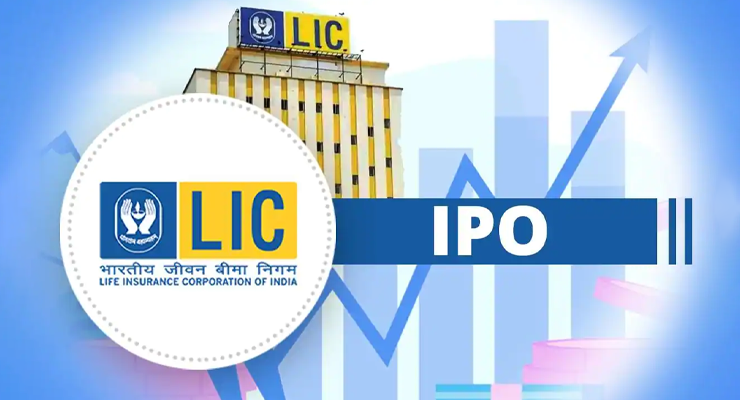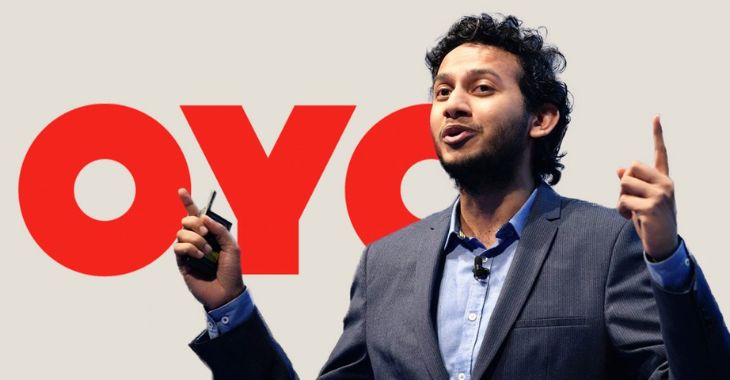
Life Insurance Corporation (LIC) of India is a Government-owned insurance company that was laid out with the passing of the LIC Act in 1956, with the goal of spreading life protections to all insurable people in the nation, giving them satisfactory monetary cover at a sensible expense.
Today, LIC controls 66% of India’s disaster protection market with an incredible absolute of 290 million policyholders. For a really long time, LIC has been the crown gem of all the PSUs and has protected the public authority a few times, being the public authority’s greatest financial backer and friend in need.
The discussions of LIC IPO began in the last Union Budget meeting, when our Finance Minister declared an aggressive disinvestment focus of 2.1 lakh crores, by essential disinvestment of PSUs. Inability to execute the LIC IPO and BPCL key disinvestment brought about the Center accumulating just Rs 32,835 crore or 16% of the planned (BE) disinvestment income. For FY22, the disinvestment target is set at 1.75 lakh crores, and should the IPO land, it is normal to be the biggest in India’s history.
The LIC Act and SEBI rules

To bring the IPO, a few amendments should have been made to the LIC Act of 1956. These changes were passed in the Union Financial Budget of 2021, under the Finance Bill by the Parliament. Upwards of 27 out of the 49 Sections of the LIC Act, 1956 were proposed for amendment. The amendments incorporated the suggestion that 75% of the stake will be held by the Center for the following five years and something like 51% post the long term period. The Securities and Exchanges Board of India ordered the issuers to a post-issue market capitalization of Rs. 4000 crore or more to propose somewhere around 10% of the post-issue funding to general society in IPO and accomplish a base public shareholding of 25% in no less than a long time from the date of posting.
Presently, companies with a post-issue market capitalization past 1 lakh crore, need to make a proposal of Rs 10000 crore in addition to 5% of a steady sum past 1 lakh crore. They will be expected to accomplish somewhere around 10% public shareholdings in 2 years and no less than 25% public shareholdings in the span of 5 years of posting.
LIC IPO Timeline

The IPO was set to open on 4th May 2022 and close on 9th May 2022. The shares were to be allotted on 12th May and the listing date was scheduled for 17th May 2022. The LIC IPO share size was 15 shares. Although the individual retail investor could apply for a maximum of 14 lots. LIC IPO plans were declared in Fiscal Budget 2020 and in order to tweak its rule frame too, change the bookkeeping framework to match the recorded elements, as well as a pandemic alarm, it required barely two years to hit the bullseye. As it turns out, this mega insurer cum long term investors cum financier has now opened its entryways for investors in all cases. Considering its monetary play, it couldn’t measure up to listed peers in a clear entirety.
The government has fixed the issue price of LIC shares at Rs 949 apiece, the upper end of the IPO price band, fetching the exchequer around Rs 20,557 crores. The shares were trading at a discount of Rs 15-20 apiece in the Grey Market. The issue was subscribed 2.95 times, driving areas of strength for workers and policyholders of the backup plan. In any case, retailers, QIBs, and HNI’s financial backers significantly kept off the offering system.
Was IPO launched at the right time?

A few IPOs in the past have failed and prompted absurdly low returns for the organization based on what was generally anticipated from them, even after full-proof preparation and wonderful valuations, because of wrong timing. Take for example the SBI Card IPO which was delivered last year and had an ideal valuation, however, neglected to arrive at the normal memberships as a result of the pandemic. The market was drowsy and the financial backers were anxious because of the vulnerability encompassing the pandemic. At the point when the market has the hunger to consume the mammoth LIC IPO should be painstakingly picked.
LIC IPO was intended to hit the market by the second from the last quarter of the financial year 2021-22. It was viewed as expertly planned, given the colossal worldwide liquidity, strength in value markets, and low loan fees combined with the positive market feeling. Numerous huge financial backers, such as Keki Mistry from HDFC, and position holders said something regarding LIC IPO being a triumph, contending that the economy will emerge from the downturn by the third quarter, GDP expected to bounce back and Sensex sees a memorable high. The launch of around 10.5 million Demat accounts, for example, an expansion of 22% retail financial backers by the normal LIC date and the expansion as far as possible from 49% to 74% further fortified the expectations of accomplishment. Be that as it may, with the second rush of the pandemic hitting the country, the recuperation is supposed to dial back. Specialists at Nomura say that this effect will be fundamentally noticeable in the financial result in April-June, however, the medium-term effect of the second wave on the public economy won’t be basically as serious as the first.
The IPO readiness is supposed to require no less than a half year even after LIC has changed into the construction of the Companies Act. Prior to the arrival of the IPO, the insurer’s funds will likewise be repeated as per the Company? Act in a financial backer accommodating way. The public authority is attempting to beat the clock to finish this mammoth responsibility by the final quarter of FY22. It is profoundly plausible that the IPO will be delayed in the future and won’t be delivered for this present year through and through.
Conclusion

Since LIC declared its IPO plans, it became the talk of the town and more so after filing its DRHP in February 2022. Investors across the board were busy working out its valuations considering its mammoth size of business and portion of the overall industry in the midst of the contest. Since it has recorded RHP and its issue details are declared, its pricing mirroring embedded value and business growth trajectory appears reasonable. With its financial backer accommodating move with a markdown to its support points for example policyholders as well as retail investors, the issue has now turned more alluring. The public authority of India has again shown their investor-friendly gestures with such moves in the midst of alarming conditions such as the Russia-Ukraine war, spiralling expansion, and powerless worldwide business sectors. Investors might consider putting resources into this super insurer’s maiden mini offer for medium to long term rewards.







